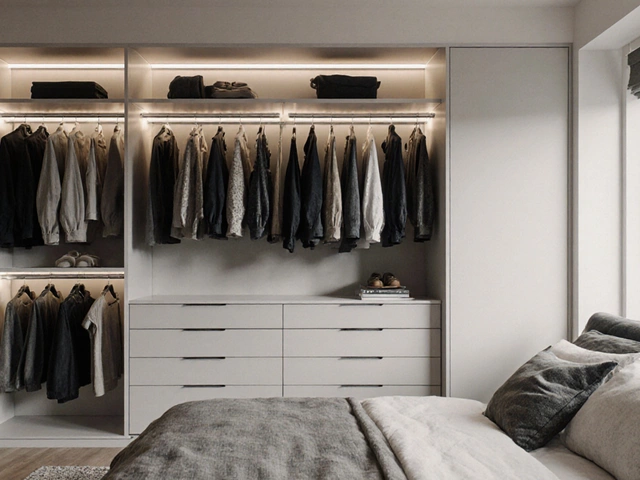Wall Coverings: Transform Your Space with Style and Function
When working with wall coverings, materials applied to interior walls to protect, decorate, or enhance a room’s appearance. Also known as wall finishes, they range from paint and wallpaper to fabric panels and decorative tiles. Wall coverings are defined by three core attributes: the material type (paint, paper‑based wallpaper, vinyl, fabric, wood, or tile), the installation method (brush, roller, paste‑the‑wall, or click‑fit systems), and the performance metric (scrape resistance, washability, UV stability). In practice, wall coverings encompass both functional protection and aesthetic expression, so choosing the right option means balancing durability with visual impact. Current interior design trends influence wall covering choices, pushing designers toward bold patterns, textured surfaces, and eco‑friendly finishes. As a result, wall coverings require thoughtful material selection, proper surface preparation, and an eye for how they interact with lighting and furniture.
Key Related Materials and Their Roles
One of the most popular sub‑categories is wallpaper, paper‑based or vinyl sheets that bring pattern, texture, and color to walls. Wallpaper attributes include the type (paper, vinyl, fabric‑backed), the finish (matte, semi‑gloss, textured), and the usage suitability (high‑traffic, moisture‑prone rooms). Textured wallpaper, a niche within wallpaper, revives vintage styles while offering modern durability; it often features raised patterns that catch light and add depth. Another major player is curtains, fabric window treatments that complement wall finishes. Curtains bring softness, control natural light, and can improve thermal performance. Their key attributes are fabric weight, light‑filtering ability, and decorative style. Pairing curtains with wall coverings creates a layered look that balances hard surfaces with soft textiles. paint colors, pigmented coatings that provide a uniform backdrop for walls remain essential; they are chosen for hue, finish (flat, eggshell, satin), and durability. Paint colors interact with wall coverings by setting a base tone; a deep hue can ground a patterned wallpaper, while a light shade can make a textured wall feel airy. Together, these elements shape the overall aesthetic and respond to the latest interior design trends, which now favor sustainable materials, bold contrasts, and personalized expression.
Understanding how wall coverings, wallpaper, curtains, and paint colors work together helps you make confident decisions for any room. The guidelines below walk you through assessing room function, testing samples, and planning installation to avoid common pitfalls. You’ll also find advice on maintaining different finishes—how to clean washable wallpaper, protect painted surfaces from scuffs, and keep curtains fresh seasonally. Below, the collection of articles dives deeper into specific projects: from modernizing old furniture to picking the right curtain colors for 2024, from space‑saving storage hacks to the comeback of textured wallpaper. Use this overview as a roadmap, then explore the detailed guides that follow to turn your walls into a canvas that reflects both style and practicality.
2024 Wallpaper Trends: Popular Styles, Colors, and Textures for Modern Interiors
Explore the must-know 2024 wallpaper trends, including colors, patterns, eco-friendly materials, and styling ideas for walls that wow every guest.
full article




